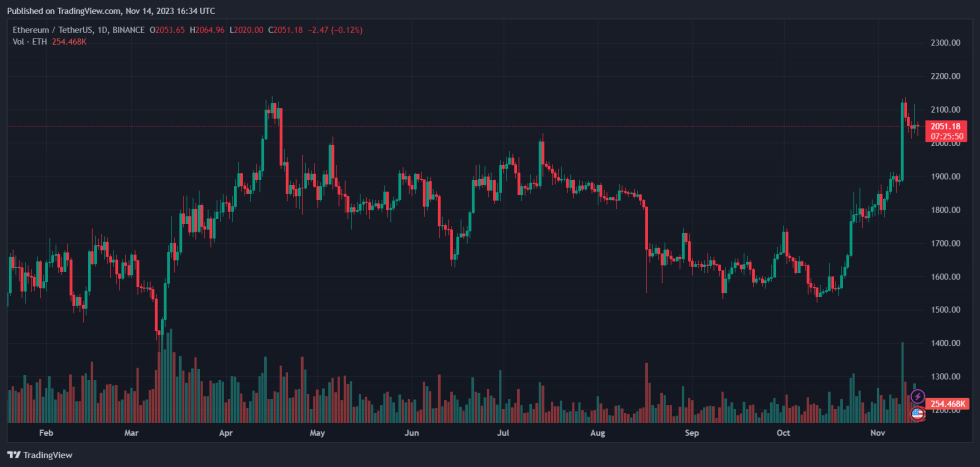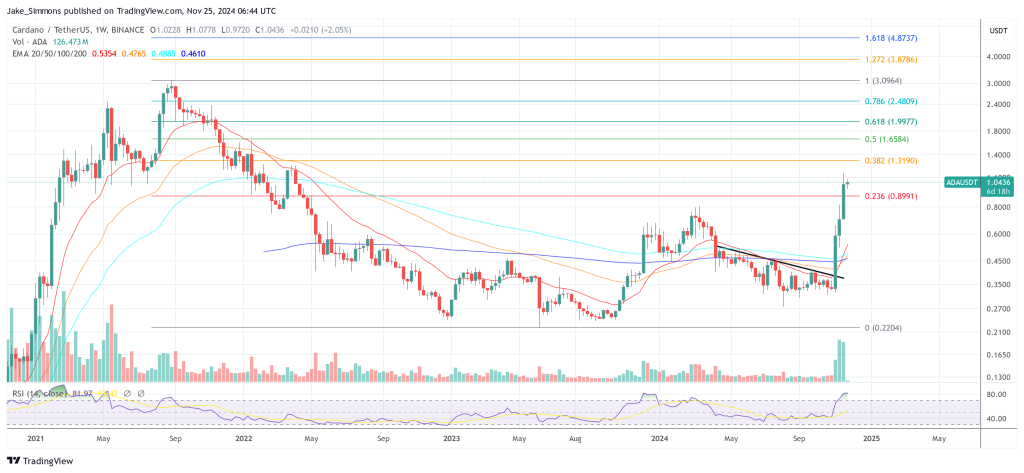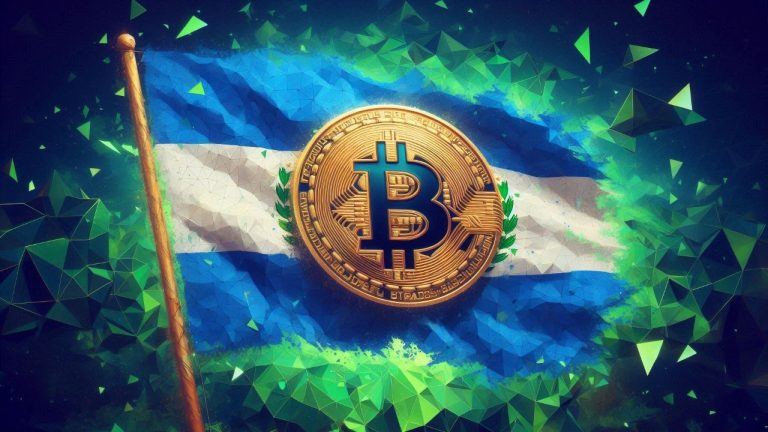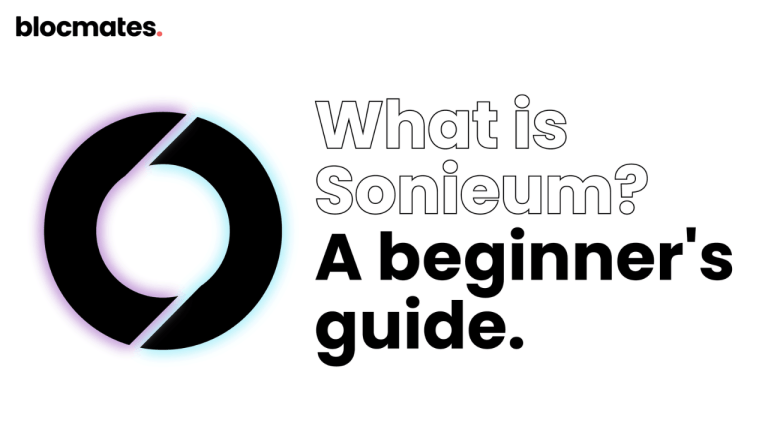The inventor of Ethereum, Vitalik Buterin, published an article discussing implementing a new scalability solution. According to a document posted on his blog, several benefits could come from introducing “Plasma,” a scalability solution invented 6 years ago, in the early years of ETH.
Exploring Plasma’s Potential In The Ethereum Ecosystem
According to the document, Plasma, which allows off-chain data and computation with significant scalability potential, faced challenges that led to it being overshadowed by rollups.
However, integrating validity proofs, or Zero-Knowledge Succinct Non-Interactive Argument of Knowledge (ZK-SNARKs), gives Plasma a second look, particularly in addressing client-side data storage challenges and extending its utility beyond simple payment applications.
Vitalik Buterin believes that the technology to implement this scalability solution has finally been developed. In the post, the inventor of Ethereum explained the potential use cases for the solution, including its potential to increase the security of the blockchain while preserving privacy for the users.
As seen in the image below, Plasma Cash, a version of Plasma, illustrates how the system operates by treating each coin as a separate non-fungible token (NFT) with its unique history. The Plasma chain, run by an operator, requires vigilant user monitoring to prevent operator misconduct, such as publishing invalid or unavailable blocks.

In cases of irregularities, users must promptly exit, providing Merkle proof of their coin’s legitimacy. The interaction of checks and balances ensures asset security within the Plasma ecosystem. Buterin wrote:
Plasma lets us completely sidestep the data availability question, greatly reducing transaction fees. Plasma can be a significant security upgrade for chains that would otherwise be validiums. The fact that ZK-EVMs are finally coming to fruition this year makes it an excellent opportunity to re-explore this design space (…).
However, applying Plasma to more commonly used fungible tokens, like ETH and USDC, introduces challenges, the inventor of Ethereum stated. These include the creation of invalid blocks, issues with poorly created transactions, and others.
Developers have implemented solutions for some of these issues, like grouping adjacent coins for streamlined transfers or using Plasma Cashflow, yet issues like high exit gas costs persist. Creative defragmentation protocols and the UTXO (Unspent Transaction Output) model provide some respite, but they don’t completely solve these problems.
The Hurdles Of Implementing Plasma On The EVM
Implementing Plasma to support the Ethereum Virtual Machine (EVM) presents additional hurdles. The EVM operates under a complex framework.
This complexity is rooted in the EVM’s vast web of dependencies, which complicates the process of safely exiting the system (known as “exit games”) and validates the need for robust proof mechanisms (like validity proofs), Buterin explained.
However, by verifying the authenticity of transactions, these proofs emerge as a “beacon of hope.” They can directly confirm the legitimacy of each Plasma block, a type of scaling solution, on the blockchain.
According to the post, this advancement could significantly reduce the burden on users, making transactions smoother and even enabling instant withdrawals under usual circumstances.
A promising development is the creation of parallel UTXO (Unspent Transaction Output) graphs for Ethereum’s native currency, ETH, and its various tokens. This approach involves creating a system that runs alongside the EVM, where transactions are more uncomplicated and straightforward.
Using SNARKs to connect this new system and the existing EVM state, many of the EVM’s complexities could be bypassed. This method promises a more secure and user-friendly environment within the Plasma framework.
Nonetheless, it’s important to note that complete security assurances are still challenging despite these advancements, as pointed out by Buterin, especially for parts of the blockchain that “don’t have a clearly defined owner.”
While rollups remain the preferred choice due to their high security and ease of use for developers, the potential of Plasma and technologies like ZK-EVMs (Zero-Knowledge Ethereum Virtual Machines) cannot be ignored.
As Ethereum continues to evolve, revisiting and refining Plasma could offer key solutions to achieving a more efficient, secure, and scalable blockchain infrastructure, Buterin believes.
With potential benefits like reduced transaction fees and enhanced security, especially for chains that would otherwise depend on less secure systems, Plasma’s role in Ethereum’s scalability story is worth watching.
As of this writing, Ethereum trades at $2,050 with a 10% profit over the past week.

Cover image from Unsplash, chart from Tradingview

You can get bonuses upto $100 FREE BONUS when you:
💰 Install these recommended apps:
💲 SocialGood - 100% Crypto Back on Everyday Shopping
💲 xPortal - The DeFi For The Next Billion
💲 CryptoTab Browser - Lightweight, fast, and ready to mine!
💰 Register on these recommended exchanges:
🟡 Binance🟡 Bitfinex🟡 Bitmart🟡 Bittrex🟡 Bitget
🟡 CoinEx🟡 Crypto.com🟡 Gate.io🟡 Huobi🟡 Kucoin.




















Comments